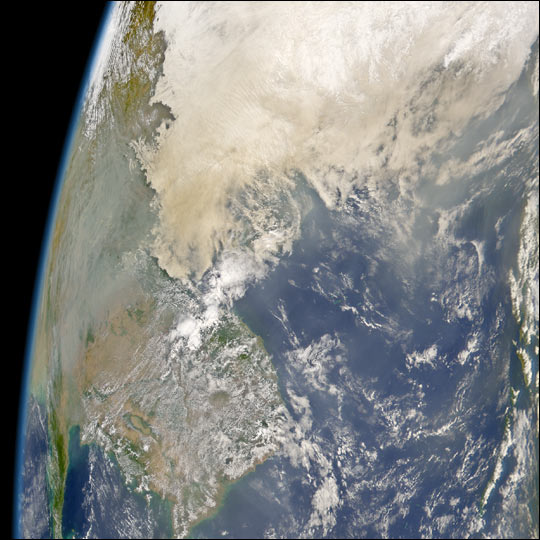How do we detect our own blind spots?
The circle of observers
Picture a group of people, a dozen or more, standing in a circle, looking outward. They stand shoulder to shoulder, backs to the center, facing away from each other.
Many of them have telescopes, some have binoculars. They all have clipboards and notebooks and lots of pens and pencils in the pockets of their white coats.
They look outward at the universe and declare proudly, “From here we can see everything!”
To the folks outside the circle, however, that comment seems kind of odd. From outside the circle it's easy to see something that's hidden from these proud observers.
From outside the circle, we can see inside the circle. We can observe the observers. We can see their blind spot.
To be wise is to see ... more. To be wise is to see ... that something is missing. To be wise is to see ... that there's probably more to see.
Within the circle of observers, to be wise is to turn around.
“But we are Observers! That's what we do!”
The Circle of Observers have a culture. They have a set of behaviors, the things they do, and a story about themselves, their own explanation of their behavior and why they believe it's important to keep doing what they do.
Sometimes our culture gets in the way of understanding ourselves.
Sometimes our culture gets in the way of understanding the consequences of our decisions, the consequences of our actions, the consequences of our habits.

 This work is licensed
under a Creative Commons Attribution-NonCommercial-ShareAlike2.5 License
This work is licensed
under a Creative Commons Attribution-NonCommercial-ShareAlike2.5 License